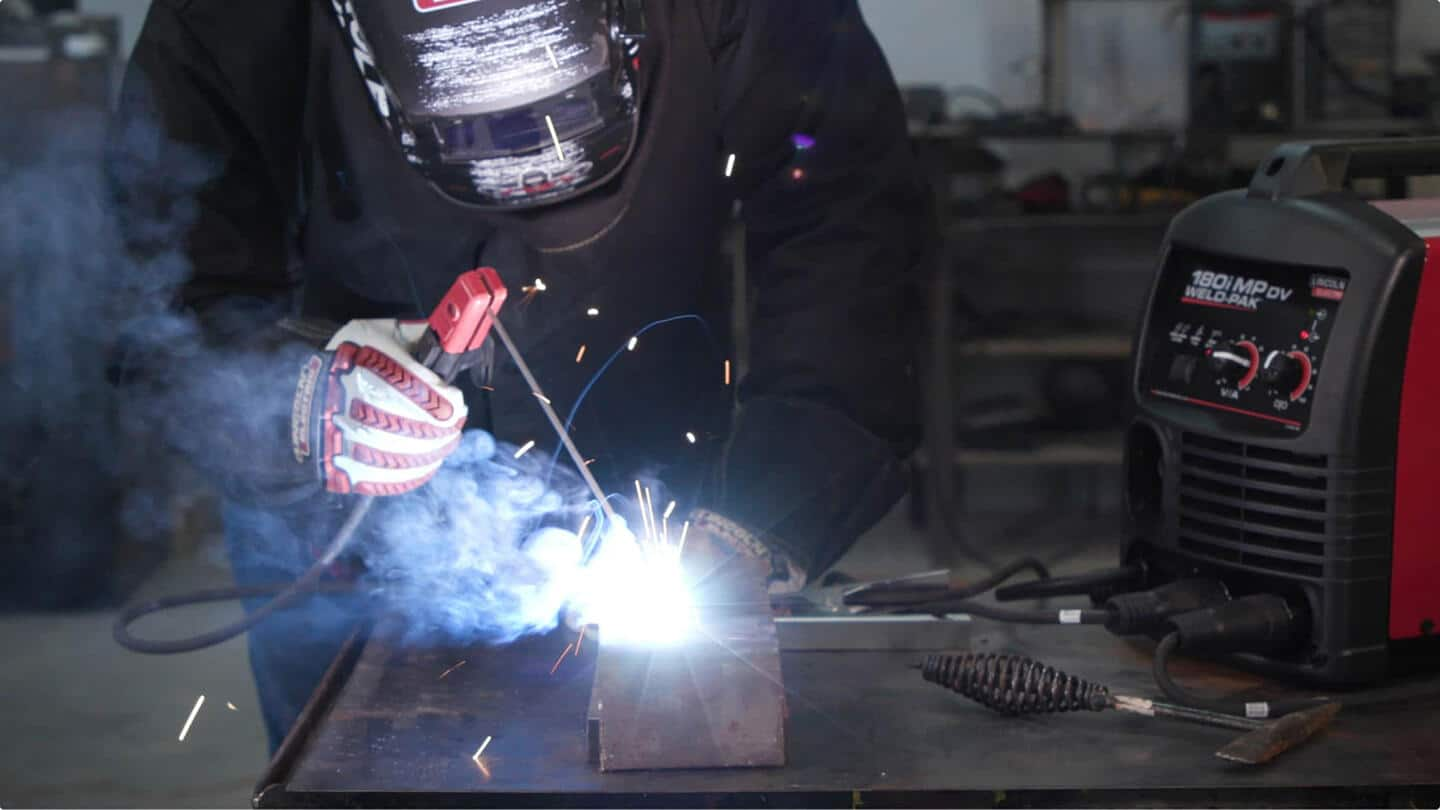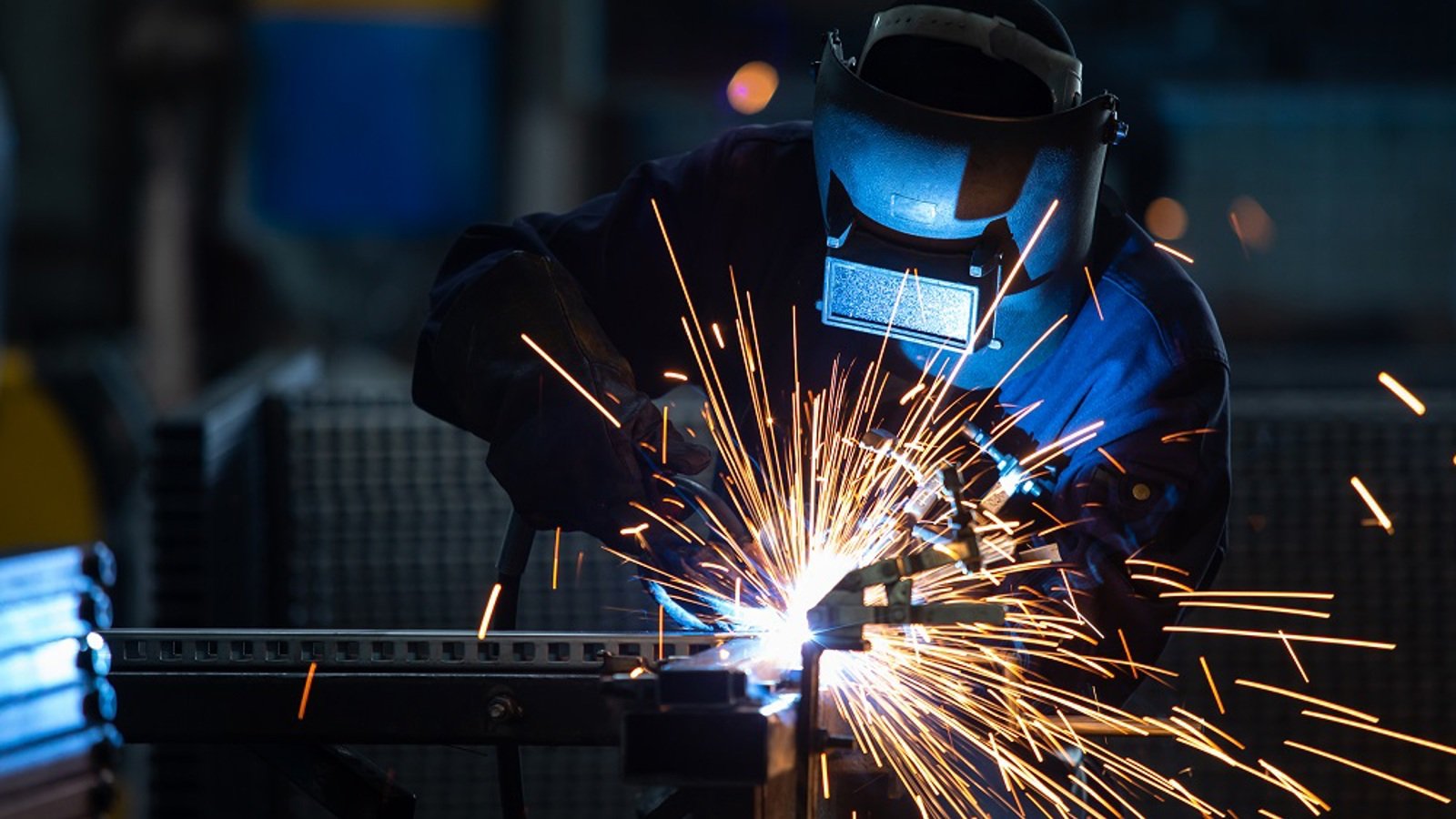The Ultimate Overview to Welding WPS Procedures: A Thorough Overview for Welders
In the complex globe of welding, Welding Treatment Specifications (WPS) serve as the foundation of guaranteeing quality, uniformity, and safety and security in welding procedures (welding WPS). As we dig into the various parts of a WPS and explore the details of credentials and qualification, we will uncover the vital function these procedures play in the realm of welding.
Significance of WPS Procedures
Understanding the value of Welding Treatment Requirements (WPS) treatments is important for ensuring the top quality and integrity of welded structures. WPS procedures offer as a roadmap for welders, outlining the necessary actions, specifications, and materials required to attain a sound weld. By adhering to WPS guidelines, welders can make sure uniformity in their job, resulting in reliable and structurally audio welds.
One of the key factors why WPS procedures are necessary is their duty in maintaining weld quality and stability. Adhering to the specified welding parameters and strategies described in the WPS assists protect against issues such as porosity, breaking, or incomplete blend, which can jeopardize the toughness and sturdiness of the weld.

Elements of a WPS
A Welding Treatment Spec (WPS) commonly makes up crucial parts that detail the certain needs for implementing a weld, making sure uniformity and quality in the welding procedure. The vital elements of a WPS consist of vital variables such as base metals, filler metals, interpass and preheat temperature levels, welding procedures, shielding gases, welding settings, and post-weld heat treatment requirements.
Base metals refer to the materials being joined, while filler steels are utilized to fill the space in between the base metals during welding. Preheat and interpass temperature levels are crucial for regulating the warmth input and preventing concerns like cracking or distortion. The welding process outlines the specific method to be made use of, whether it's gas metal arc welding (GMAW), shielded metal arc welding (SMAW), or one more method. Protecting gases secure the weld swimming pool from climatic contamination. Welding placements specify the alignments in which welding can be performed. Post-weld warm treatment might be necessary to ease anxieties and boost the weld's buildings. A complete understanding of these parts is essential for producing a detailed and efficient WPS.

Certification and Certification
Having actually developed the important parts of a Welding Treatment Specification (WPS), the emphasis now changes towards the vital elements of certification and certification in welding practices.
:max_bytes(150000):strip_icc()/MIG20welding20arc20in20action-2000-e8844d72f5094d408b5ab6f1c9436a4f.jpg)
Qualification, on the other hand, is the formal recognition of a welder's qualifications by a pertinent certification body or organization. Welding certifications are helpful hints generally based on the particular welding procedures, materials, and placements a welder is certified to deal with. Holding a valid welding accreditation shows that a welder satisfies industry requirements and is competent to do welding jobs to the required specifications.
Creating a WPS
To create a Welding Treatment Spec (WPS) that fulfills sector requirements, mindful factor to consider of welding processes, materials, and operational parameters is important (welding WPS). The primary step in developing a WPS is to determine the welding procedure to be utilized, such go now as gas steel arc welding (GMAW) or secured steel arc welding (SMAW) Once the welding process is determined, the next essential aspect is selecting the suitable products, considering factors like base steel kind, density, and joint style. Functional criteria such as welding existing, voltage, travel rate, and securing gas structure need to likewise be diligently specified in the WPS.

Carrying Out and Monitoring WPS
Upon completing the comprehensive Welding Treatment Requirements (WPS) that diligently details welding procedures, materials, operational specifications, and quality control procedures, the focus shifts to properly applying and keeping an eye on the well established procedures. Implementation involves guaranteeing that all welders included in the task know with the WPS and follow it diligently throughout the welding procedure. This requires giving ample training and supervision to assure adherence to the specified procedures. Keeping track of the WPS includes continual oversight to confirm that welding activities align with the recorded requirements. Evaluations, screening, and high quality control measures are essential parts of the tracking process to recognize any type of deviations or problems without delay. Routine audits and evaluations of the welding procedures aid in preserving uniformity and top quality throughout the project. Reliable implementation visit site and tracking of the WPS are important for making certain the integrity, strength, and safety and security of the bonded joints, ultimately adding to the general success of the welding job.
Verdict
In final thought, understanding and complying with Welding Procedure Specifications (WPS) is vital for welders to ensure top quality, uniformity, and safety in their work. By recognizing the elements of a WPS, obtaining appropriate qualifications and qualifications, developing in-depth treatments, and applying and monitoring them properly, welders can improve their skills and effectiveness in welding methods. Abiding by WPS treatments is important for generating premium welds and meeting market criteria.
In the complex world of welding, Welding Procedure Specs (WPS) offer as the foundation of guaranteeing quality, consistency, and safety and security in welding procedures. The welding process outlines the certain method to be used, whether it's gas metal arc welding (GMAW), protected steel arc welding (SMAW), or another approach.To establish a Welding Treatment Specification (WPS) that satisfies industry criteria, mindful factor to consider of welding procedures, products, and operational specifications is necessary. The very first action in developing a WPS is to recognize the welding process to be used, such as gas metal arc welding (GMAW) or protected steel arc welding (SMAW)Upon completing the thorough Welding Treatment Requirements (WPS) that diligently details welding procedures, materials, functional specifications, and quality assurance measures, the focus shifts to properly executing and keeping track of the well-known procedures.